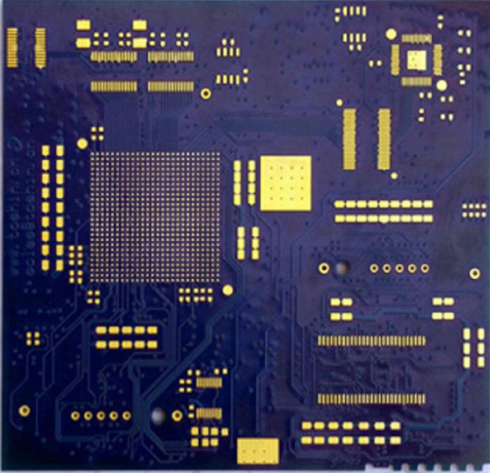There are two important ways to introduce domestic skills: one is to improve the supply situation, focusing on the consumption configuration and PCBA equipment; the other is to help each other. As the overseas skill level is compared with the wealth predecessor Guoquan and there is another gap, the supply in the configuration is almost occupied by the national skill (especially the SMT peripheral configuration placement machine). As the introduction of the supply situation, the business director's priority can be greatly overwhelming. The competition between different suppliers in the free market should bring better skills. But unfortunately, this phenomenon does not exist widely overseas. The reason lies? I believe the following are important.

The first is the question of ability. It is true that there are also some who are hoping to assist users, but they are not enough and unable to do so. It is true that some training is done, but it is only training on the basic aspects of configuration, operation and so on. The skill depth is as general as the width is not enough. Don't help the users one-sidedly and accurately. This environment is occasionally generated not only by the agent, but also rare for the originator. The reason is that the skill is shifted and it is not their goal, so there will be no adequate preparations in this regard. Therefore, it is true that the introduction of skills by suppliers is a mainstream, but there are problems with attitudes and skills without thinking about it.
Another reason is that most of the introduction of the deployment skills is the local agency agent. The formation of this environment is due to the mobile repercussions of the companies engaged in agency services in trade, the trading minds, and the internal conditions of China. Let's not talk about this. The problem that should be emphasized is that these trade elites simply have a bad influence on the transfer of skills. Overheated business activities and fierce value competition have led to the temptation of users to the quality of their skills. It even makes the market persistently show the sad sign that the first choice of configuration and then the planning of consumer products is familiar with the product technology. It is certain to "brute yourself" in order to make ends meet. But if this "melon" is a magnificent "high-tech melon", and this is a person with good experience and eloquence, the problem is about to appear. In fact, it is often this environment in the SMT world.
SMT quality inspection standards
SMT quality inspection standard test items include:
1. Connecting tin between IC pins: There must be no solder connection or short circuit between the IC pins.
2. The longitudinal offset of IC type tin-eating: the pin-eating part of the tin should not exceed the solder joint range.
3. IC pin lift and lift: the pin lift or lift should not be greater than 0.15mm.
4. IC type welding standard mode: the side of the lead pin, toe and heel eat tin well; there is a curved solder tape between the lead pin and the solder joint; the outline of the lead pin is clearly visible; the solder needs to be covered to 1/2 of the pin thickness Or 0.3mm or more.
5. Poor IC type welding: It is obvious that there is little tin in the solder foot, the tin is not in place, and there is no arc surface solder tape between the lead foot and the solder joint, which are all poor soldering.
6. Poor tin in IC type soldering: The solder only eats the pin position and rarely the solder joints.
7. Tin bead attachment: In principle, no tin beads should exist; if there are tin beads, the lead spacing should not be insufficient, and the diameter of the tin beads should not exceed 0.1mm; outside the solder joint position, the tin beads larger than 0.13mm are bad.
8. Resistor assembly standard mode: mount according to the front of the PCB, and the two ends of the resistor are placed in the center of the solder joints of the substrate.
9. PCB resistance deviation (vertical direction): The part where the resistance deviation protrudes from the solder joint of the PCB substrate is less than 25% of the resistance width as the maximum allowable limit. If it exceeds 25%, it will be rejected.